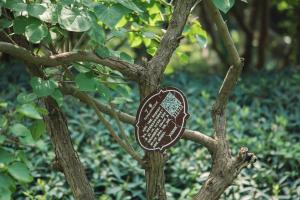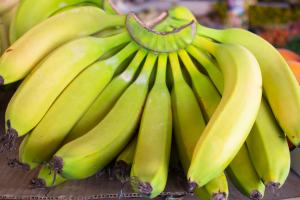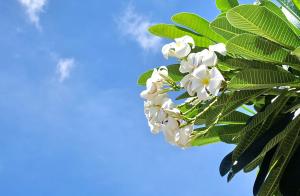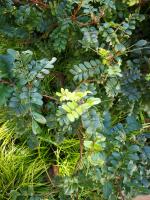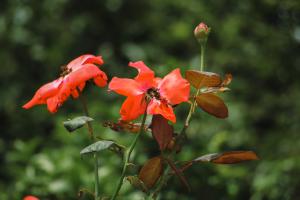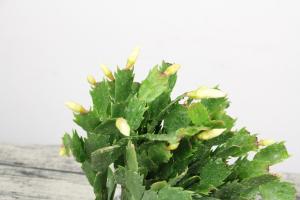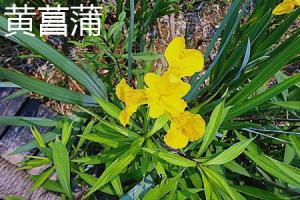When to Plant Satsuma Trees in South Alabama
Growing a satsuma tree in South Alabama can yield an abundant harvest of juicy citrus fruits. However, to achieve success, it is essential to plant this fruit tree at the right time. This article will guide you on when to plant satsuma trees in South Alabama for the best possible results.
Choosing the Right Time to Plant Satsuma Trees in South Alabama
Satsuma trees are native to Japan but widely grown in the Southern United States. In South Alabama, the best time to plant satsuma trees is during the fall season, specifically from October to December. The reason behind this timing is that the soil is still warm enough for the tree roots to take hold and start growing, but the air temperature is mild enough not to stress the young saplings.
In addition, planting your satsuma trees in fall will give them ample time to acclimate to their new environment and prepare for the colder temperatures in winter. By spring, the tree will have gained strength, and its roots will be firmly established in the soil, ready for the upcoming growing season.
Factors to Consider When Planting Satsuma Trees in South Alabama
Once you have determined the perfect time to plant your satsuma trees, several factors can affect your planting success. These factors include:
Soil quality: Satsuma trees prefer well-draining soil with a slightly acidic pH. If your soil does not meet these requirements, it may be necessary to amend it with organic material to improve drainage and adjust the pH.
Site location: Satsuma trees require plenty of sunlight, at least six hours a day, to grow and produce fruit. Ensure that your planting site meets this requirement to maximize your tree's growth and yield.
Watering: Newly planted satsuma trees require frequent watering to help the roots establish. Water deeply and often enough to keep the soil moist but not waterlogged.
Fertilization: Satsuma trees benefit from regular fertilization to provide them with the essential nutrients they need to grow and yield fruit. Be sure to follow the recommended fertilization schedule to avoid over-fertilizing, which can damage the tree and reduce fruit production.
Caring for Your Satsuma Trees in South Alabama
After planting your satsuma trees, it is essential to care for them adequately to ensure their optimal growth and fruit production. Below are some tips:
Prune your satsuma trees during the dormancy period. Remove any dead or diseased branches to prevent the spread of disease.
Water your satsuma trees regularly to keep the soil moist but not waterlogged. During drought periods, increase watering as needed.
Fertilize your satsuma trees regularly according to the recommended schedule. Use a balanced fertilizer that includes essential nutrients such as nitrogen, phosphorus, potassium, and magnesium.
Protect your satsumas from pests and diseases. Common pests include aphids, scales, and mites, while diseases include citrus canker and root rot. Consult with your local extension office for the best pest and disease control strategies.
Conclusion
In conclusion, planting satsuma trees in South Alabama can be a rewarding experience for gardeners and fruit enthusiasts. Timing is crucial when planting satsuma trees, and the best time is during the fall season, specifically from October to December. Factors such as soil quality, site location, watering, and fertilization affect the planting success, and it is essential to give proper care to your satsuma trees to ensure optimal growth and fruit production. By following the tips outlined in this article, you can grow healthy satsuma trees and enjoy a bountiful harvest of sweet, juicy citrus fruits.

 how many times do yo...
how many times do yo... how many planted tre...
how many planted tre... how many pine trees ...
how many pine trees ... how many pecan trees...
how many pecan trees... how many plants comp...
how many plants comp... how many plants can ...
how many plants can ... how many plants and ...
how many plants and ... how many pepper plan...
how many pepper plan...